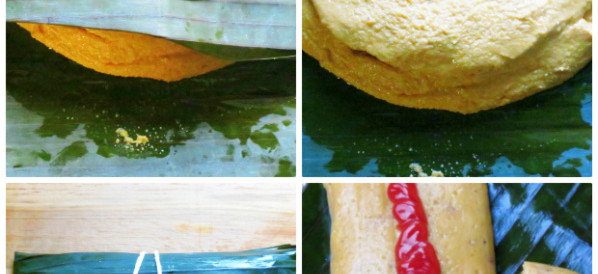 10 Terms
10 TermsHome > Terms > Spaniolă, America Latină (XL) > neoimpresionismo
neoimpresionismo
Neo-Impressionism is the specific name given to the Post-Impressionist work of Seurat and Signac and their followers. Both Camille and Lucien Pissarro had a Neo-Impressionist phase and their work continued to bear strong traces of the style. Neo-Impressionism is characterised by the use of the Divisionist technique (often popularly but incorrectly called pointillism, a term Signac repudiated). Divisionism attempted to put Impressionist painting of light and colour on a scientific basis by using optical mixture of colours. Instead of mixing colours on the palette, which reduces intensity, the primary-colour components of each colour were placed separately on the canvas in tiny dabs so they would mix in the spectator's eye. Optically mixed colours move towards white so this method gave greater luminosity. This technique was based on the colour theories of M-E Chevreul, whose De la loi du contraste simultanée des couleurs (On the law of the simultaneous contrast of colours) was published in Paris in 1839 and had an increasing impact on French painters from then on, particularly the Impressionists and Post-Impressionists generally, as well as the Neo-Impressionists.
- Parte de vorbire: substantiv
- Sinonim(e):
- Glosar:
- Industrie/Domeniu: Istoria artelor
- Categorie: Istoria artelor în general
- Company: Tate
- Produs:
- Acronim-abreviere:
Alte limbi:
Ce doriţi să spuneţi?
Termeni la ştiri
Termeni dezvoltaţi
pasteles en hoja
Pasteles en hoja are a starchy dough based dish that is wrapped in plantain leaves. The dough is made of plantain and other vegetables like squash, ...
Colaborator
Glosare dezvoltate
stanley soerianto
0
Terms
107
Glosare
6
Followers
10 Classic Cocktails You Must Try
 10 Terms
10 Terms
Marouane937
0
Terms
58
Glosare
3
Followers
5 of the World’s Most Corrupt Politicians
 5 Terms
5 Terms
Browers Terms By Category
- Vocabular SAT(5103)
- Colegii şi universităţi(425)
- Învăţământ(386)
- General education(351)
- Studii superioare(285)
- Cunoaştere(126)
Educaţie(6837) Terms
- Cherestea(635)
- Beton(329)
- Piatră(231)
- Podea de lemn(155)
- Dale(153)
- Cărămizi(40)
Materiale de construcţii(1584) Terms
- Sateliţi(455)
- Zbor spaţial(332)
- Sisteme de comandă(178)
- Navetă spaţială(72)
Aerospaţial(1037) Terms
- Gătit(3691)
- Fish, poultry, & meat(288)
- Condimente(36)
Arte culinare(4015) Terms
- Grădinărit(1753)
- Decoraţiuni exterioare(23)
- Curte interioară şi peluză(6)
- Dispozitive de grădinărit(6)
- Grătar(1)
- Dotări grădinărit(1)



